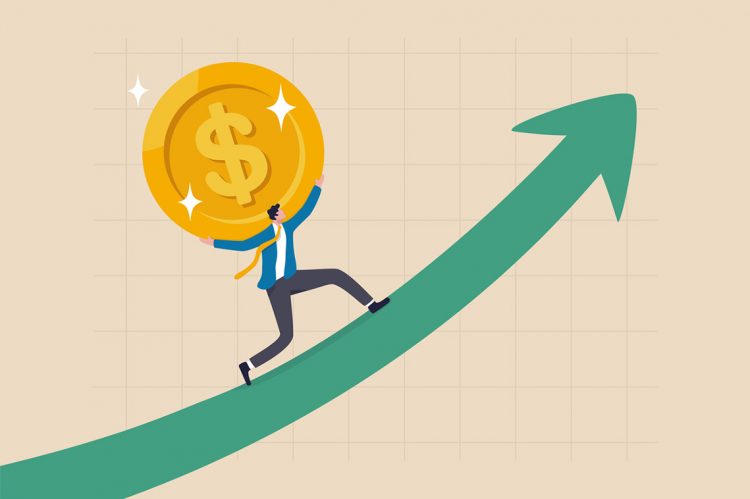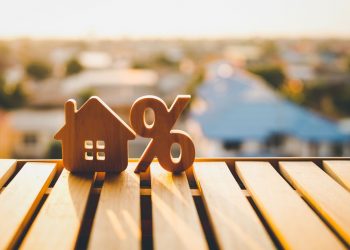Even as the economy as a whole is gripped by a significant pullback in many sectors—housing one of the most notable—other data has indicated that the country might not be subjected to the worst effects of recessionary conditions.
Another example of these mixed signals came Friday as the Commerce Department reported that consumer spending was up fractionally last month as personal incomes also increased.
In other good news, PCE inflation, which focuses on consumer spending and has been the preferred metric of the Federal Reserve, was down significantly from the previous month, 6.3% year-over-year compared to a historic 6.8% in June.
Core PCE inflation, which excludes volatile items such as food and energy, rose slightly, meaning plummeting gasoline and fuel costs have had an outsized impact on prices.
Personal incomes rose 0.2%, while consumer spending was up a fractional 0.1%, with increases coming in services and durable goods.
Reacting to the report on Twitter, Harvard economics professor and former director of National Economic Council Jason Furman called the report “nearly perfect.”
“Lots of challenges, but a good month,” he concluded.
These latest indicators come as leading experts in real estate have called the current market a “housing recession” due to rapidly falling sales and activity, even as price appreciation has slowed at a much less dramatic pace across the country. While the path forward remains uncertain, the broad consensus has remained that housing, along with the rest of the economy, can bounce back without too much pain.
All eyes are now on Fed chair Jerome Powell, who is attempting to guide the economy back down from recent pandemic highs and drag inflation back to a range of around 2%. Powell’s words are being closely watched by analysts and investors who are hoping to get an idea of how harsh and fast the central bank will be in tightening monetary policy.
The next Fed meeting is scheduled for Sept. 20 and 21.












